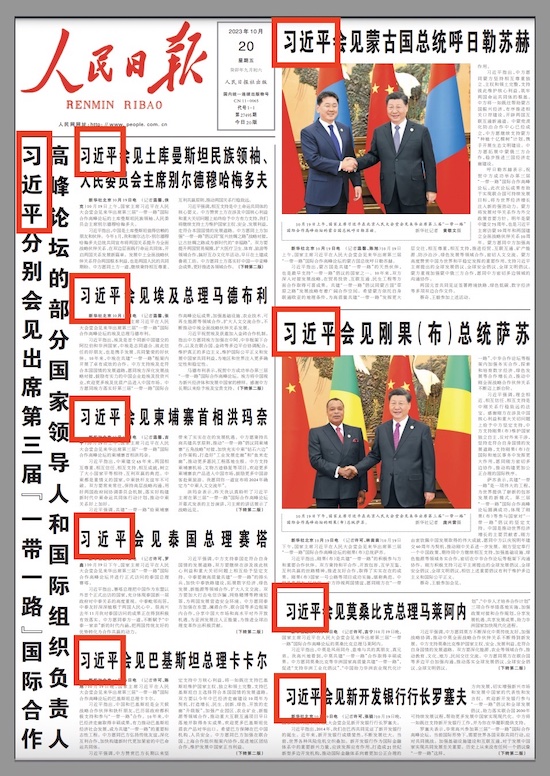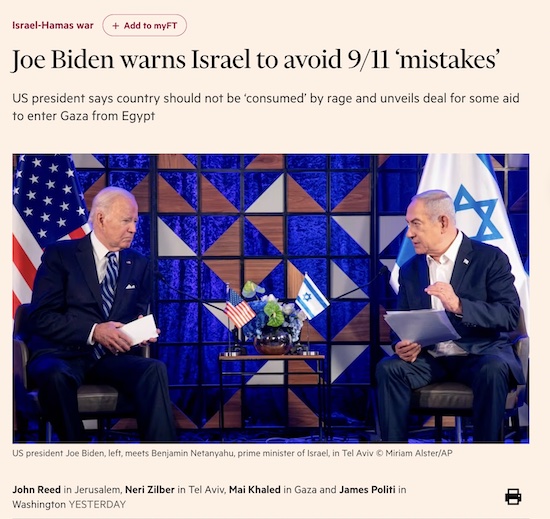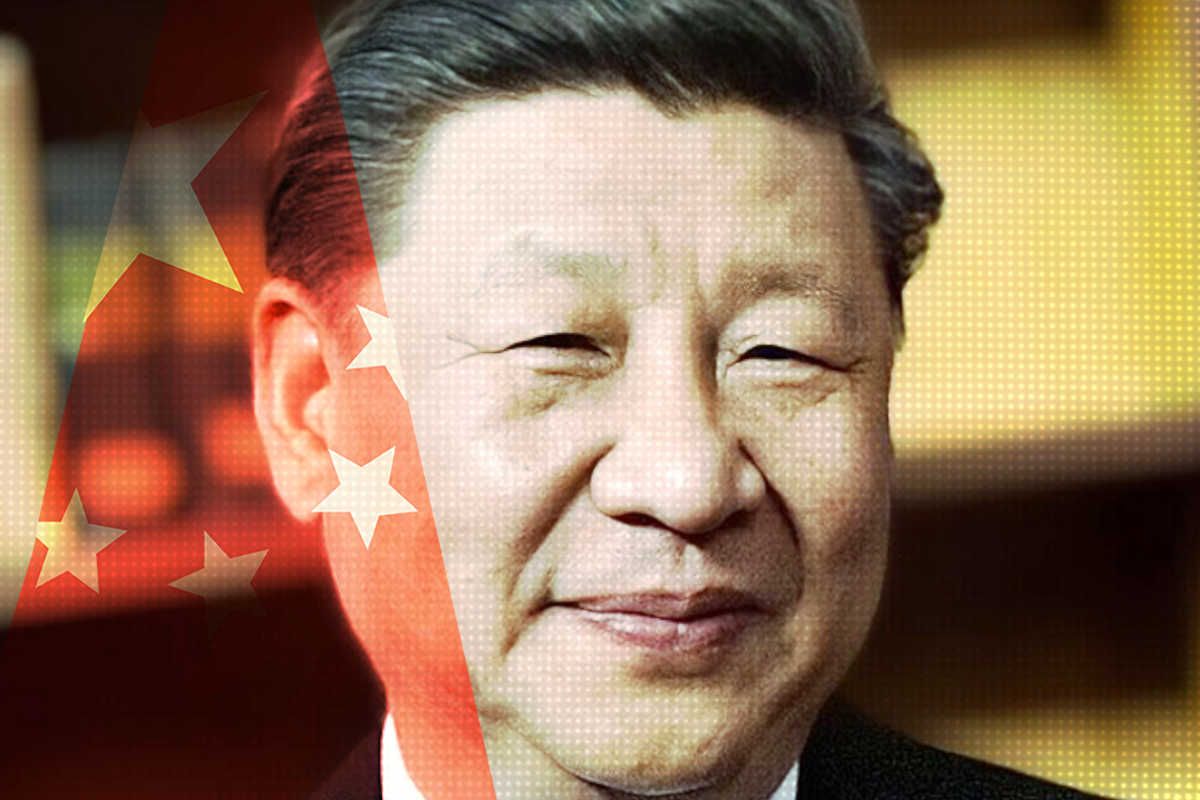China Newspeak
The Visual Language of China’s Official Press

In the official Party-state media in China, design is driven by politics — and it is a crucial aspect of the political discourse. Want to see this principle in action? Today’s edition of the People’s Daily, the flagship newspaper of the Central Committee of the Chinese Communist Party (CCP) offers a prime example.
The oddest and most prominent feature of the front page of the People’s Daily today is the large vertical headline running down the left-hand side. The headline, which announces that top leader Xi Jinping met with international leaders attending the Belt and Road Forum in Beijing, ties the rest of the headlines on the page together. All are announcements of separate meetings, each with a different foreign leader.

As has been the case all week in the official state media in China, the top story is the Belt and Road. Coverage has touted its great benefits for participating countries, and for the entire world — emphasizing the growing economic and political centrality of China and its top leader.
This year marks the 10th anniversary of the global infrastructure development and trade promotion program, which has been a pillar of China’s foreign policy, and the forum this week is the year’s most prominent opportunity for state-run media to roll out related domestic and international propaganda.
They have not missed the chance. Coverage of the Belt and Road Forum has eclipsed all other stories, including one of the world’s most pressing concerns, the unfolding conflict in Gaza and its potentially disastrous implications for security in the Middle East.
For related coverage of how China has sidelined news of Israel and Gaza this week, see our analysis in the latest Lingua Sinica newsletter on Substack.
The rest of the coverage on the People’s Daily front page today — from the “newspaper eye” (报眼) to the right of the masthead all the way down — are separate reports on Xi’s meetings with foreign leaders visiting Beijing. The result of this approach is that China’s top leader is placed at the front of every headline on the page, ten in all, leading to an odd and unmistakable repetition.
Here is the page again, this time with all instances of “Xi Jinping” outlined in red to make this absurd effect clear.

Why would the People’s Daily treat stories this way? Do the editors and designers completely lack creativity?
The fact is that creativity is not an option. It is not the way that the visual vocabulary of the CCP’s official political discourse works. The People’s Daily applies this odd approach on the front page because this is the most valuable piece of political real estate in the entire Chinese media. The space must be used to achieve one goal: signaling the power of the CCP Central Committee and its top leader.
Unlike most professional media globally, the focus cannot be on news readers as we generally understand them, as an audience of citizens who demand that their time is rewarded with relevant and informative news content. Consider, by way of contrast, how the Financial Times reported this week on US President Joe Biden’s visit to Israel. The focus in that case was on Biden’s message of caution to Israeli Prime Minister Benjamin Netanyahu.

Imagine that the Belt and Road Forum were to be reported strictly as news in the People’s Daily. It would not be necessary to treat each meeting with a foreign leader separately. Instead, the story would focus on the key points of relevance — the who, what, when, where and WHY. And in this case, a background paragraph would be sufficient to report attendance by leaders from Egypt, Cambodia, Thailand, Congo, and so on.
Why are all of these meetings published as separate but virtually identical stories with the same Xi Jinping headline?
Once again, the key reason is power signaling — the most crucial role of political discourse in China. Separate stories are an opportunity to stress and re-stress the centrality of Xi himself. Think of them as drumrolls or trumpet calls. The key audience is not the Chinese public, but rather the CCP bureaucracy.
A secondary reason is to stress bilateral relations, and make political nods to foreign leaders, as though to say: “We prioritize you.” This is done with the same hierarchical approach that applies to top CCP leaders, with Xi always mentioned first (and repeatedly) and other members of the Politburo Standing Committee (PSC) mentioned only after and with far less prominence.
Power signaling [is] the most crucial role of political discourse in China.
No other members of the PSC or other senior leaders are mentioned on either the front page or page two of the People’s Daily today. It is only on page three that we finally see mention of Wang Yi (王毅), Director of the Office of the Central Commission for Foreign Affairs, and Vice-Premier He Lifeng (何立峰). Both are in tiny headlines down toward the bottom right-hand side of page three.
When visits are reported between China’s top leader and multiple foreign leaders in a single edition of the People’s Daily, the visual treatment of these visits can often reveal the CCP’s prioritization of various bilateral relationships. Putin may have top billing, for example, as was the case in yesterday’s edition of the newspaper — a reflection of the closeness of the relationship in recent years.
On today’s front page, pride of position is given to Mongolia’s leader, with coverage in the space to the right of the masthead, including a photo of Ukhnaagiin Khürelsükh shaking hands with Xi Jinping. This layout choice is likely a reflection of the priority China has lately given to its relations with countries in Central Asia.
For perhaps the same reason, the report directly under the masthead is about Xi’s exchange with Gurbanguly Berdymukhamedov, who stepped down as president of Turkmenistan last year.
Of course, reading the People’s Daily is also about closely analyzing the text. This does not mean translating the content from Chinese to another language, a common misapplied approach. If your question is simply, “What is the report about?” — you will be missing the most crucial aspects of the discourse and merely flitting across the surface. Or worse, what you present to others as analysis might simply amplify the talking points of the Chinese leadership without promoting a deeper understanding of its agenda.

To understand how this deeper analysis is done, we can look more closely at the Berdymukhamedov report. What can you notice about how he is introduced?
He is referred to in the headline, as well as in the body of the report, as the “nation’s leader of Turkmenistan” (土库曼斯坦民族领袖). This phrase, mínzú lǐngxiù, is an unusual honorific, suggesting charismatic power. It is rarely used, so it is something important to pick up on. Both Mao Zedong and Sun Yat-sen, for example, have been called “leader of the Chinese nation” (中华民族领袖), but over the past year in the People’s Daily the phrase has generally not been used.
Details like this can be important clues for the analyst of CCP discourse. As you “read” the People’s Daily and other official CCP media, it is crucial to zero in on specialized terminologies, or tífǎ (提法), and then work to understand their deeper meanings and histories. You can think of them as stacking blocks that are being constantly stacked and unstacked by those in power to achieve their political objectives, to signal power and to focus the Party around different policy objectives.
One recent example of language to be unstacked is the new grand buzzword “Xi Jinping Thought on Culture” (習近平文化思想). To better understand what this phrase means, and why it is important, read our analysis last week, in which we pulled the phrase apart to get at its core meanings.





















